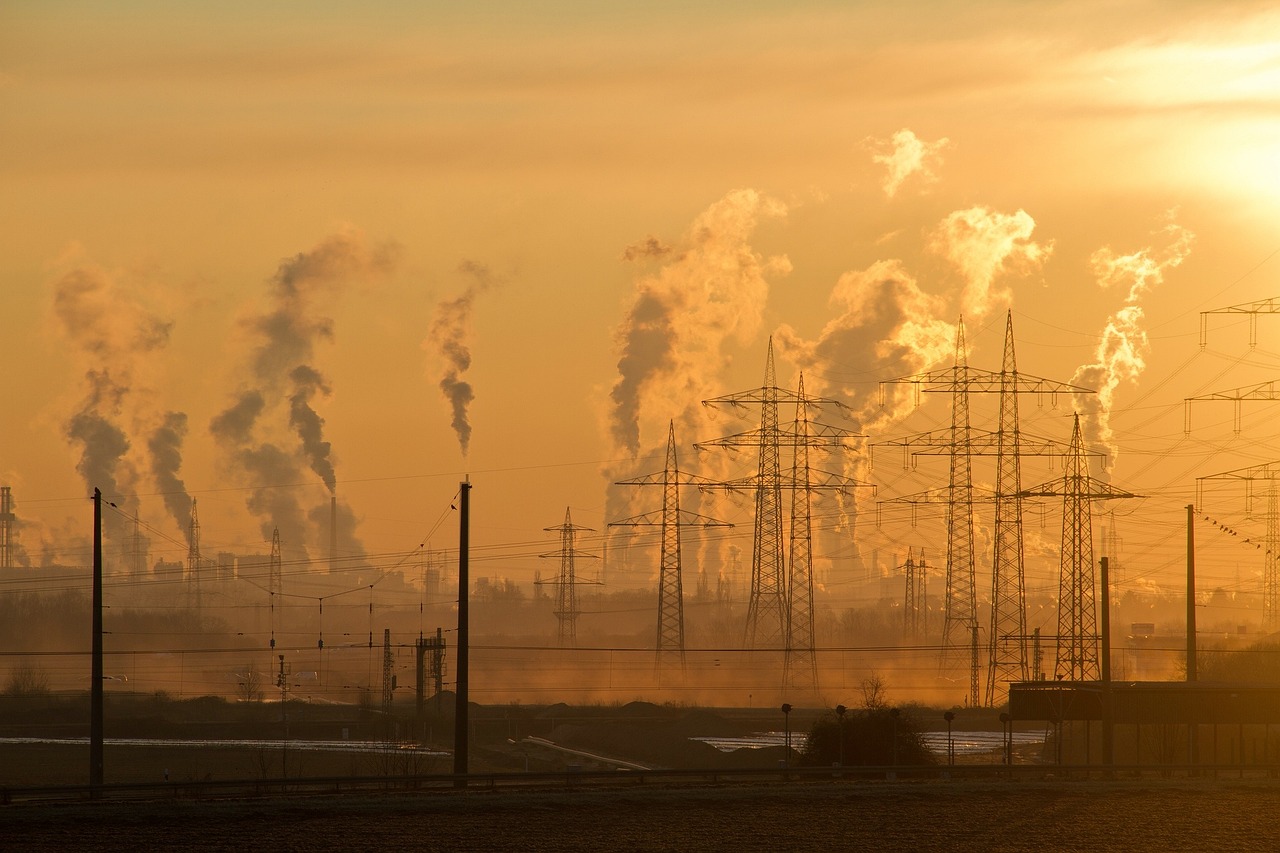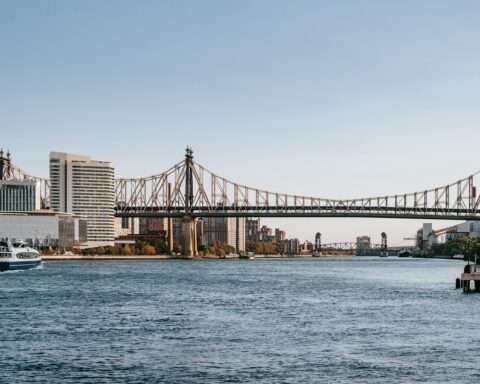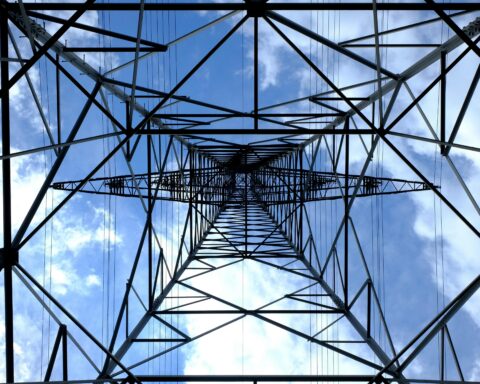The Environmental Protection Agency is making it easier for states to prove they are being affected by international air pollution. EPA Administrator Lee Zeldin announced that changing guidance, saying previous rules made it difficult for states to demonstrate that air pollution affecting residents comes across borders—rather than from domestic pollution sources. The move could lower air regulations in states with high levels of pollution.
The announcement, made during Zeldin’s visit to Utah, specifically targets the “Guidance on the Preparation of Clean Air Act Section 179B Demonstrations for Nonattainment Areas Affected by International Transport of Emissions.” This guidance had established requirements for proving that air quality violations stemmed from foreign sources.
The Clean Air Act allows for lower emissions controls when an area would have met national air quality standards if not for emissions transported across international borders. However, some states have long argued that the evidence requirements were too stringent, effectively penalizing them for pollution beyond their control.
“Americans should not be harmed by other countries that do not have the same environmental standards we have in the U.S.,” Zeldin said. “Not only are we eliminating cumbersome red tape that places an excessive burden on states to prove emissions were from an international source, but we are also helping states across our nation prosper while ensuring they continue to provide clean air for their residents.”
The decision comes at a particularly consequential moment for western states that have struggled to meet federal air quality standards. According to US News, Arizona and Utah have among the worst air quality in the U.S., with Arizona ranking dead last and Utah ranking 46th out of 50 states. Lawmakers from two states in particular have been vocal about this issue. Only weeks earlier, Zeldin met with Arizona Sen. Mark Kelly in Phoenix, where the two discussed how to improve air quality without stifling economic growth. Kelly specifically mentioned how air pollution affecting Phoenix originates in neighboring Mexico and California.
The city’s air quality is on the brink of a “serious” designation for high levels of ozone pollution, which would result in increased air emissions rules that could create costs for industry.
For states with air quality nonattainment designations, the consequences can be severe, including restrictions on business development, increased costs for industry, and potential loss of federal transportation funding. Many western states have argued that their unique geographical location makes them particularly vulnerable to pollution from Mexico and Asia.
Following the rescission of the guidance, the EPA has stated it will work collaboratively with state and local air agencies to develop the evidence necessary to grant regulatory relief under Clean Air Act Section 179B. The agency has also removed the previous guidance from its website to avoid confusion. Environmental advocates, however, are raising concerns that the rule change could be exploited by polluting industries. Ryan Maher, an attorney with the Center for Biological Diversity, told the radio station KJZZ that the move is “disappointing and unsupported by both scientific evidence and the numbers.”
Maher argued that Phoenix faces the same level of background emissions as many parts of the country that are successfully meeting air quality standards, suggesting the focus should be on local pollution sources rather than international ones. His organization recently filed a lawsuit against the EPA for failure to enforce health-based standards for smog control in Maricopa County—the same type of pollution that this rule change makes easier to attribute to foreign sources.
Image by Ralf Vetterle from Pixabay













